Research
Search our website
Search our website by entering a keyword or choose a database above to search specifically.
Search
Showing search results 3,521 - 3,530
14,722 results found

Diamond mortar
This text can only be consulted in Dutch
<https://www.mot.be/resource/Tool/diamond-mortar?lang=nl>
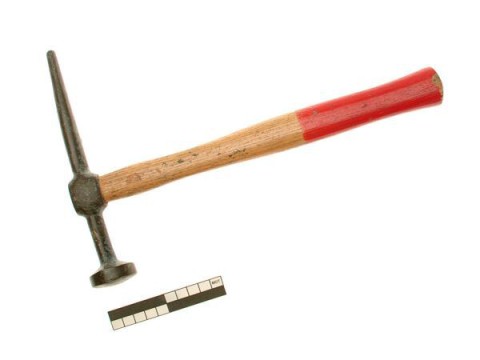
Dinging hammer
Hammer (approx. 350-500 gr) that is used to dent the body of a car. It has
a relatively long (approx. 15-20 cm), narrow cylindrical head of which one
end forms a widened circular shape. The other end can be tapered, spherical
or square. See also the body file.

Diamond sieve
This text can only be consulted in Dutch
<https://www.mot.be/resource/Tool/diamond-sieve?lang=nl>
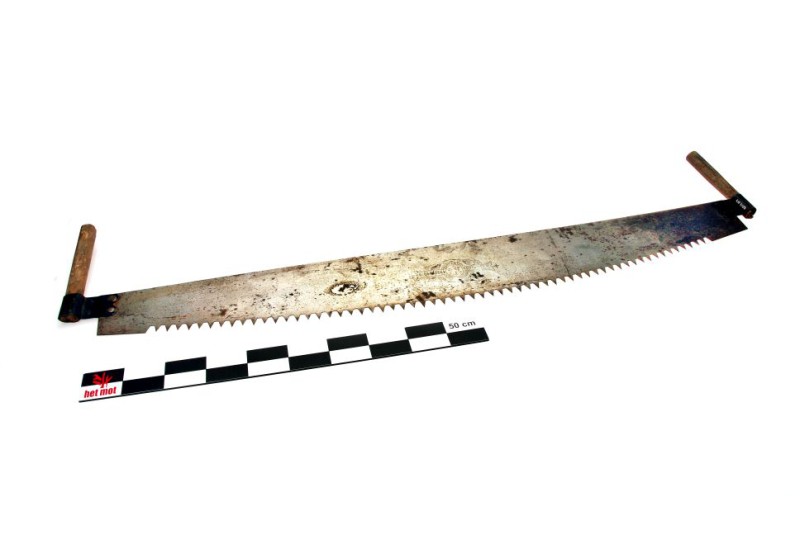
Double-handed crosscut saw
The double-handed crosscut saw is a large, rigid-bladed saw used by two men
(1) to cut logs and beams across and fell trees. She cuts in both
directions. This saw consists of a long toothed blade (1.30-2 m) (2) often
wider in the middle (12-17 cm), and at the ends two straight handles (3) of
approx. 50 cm. There are now crosscut saws saws with adjustable handles,
which can be placed vertically or horizontally. The log to be cut is rolled
onto a crosspiece and the sawyers pull (never push) the saw in turn. [MOT]
(1) In softwood, some craftsmen could handle this saw alone. (2) BOERHAVE
BEEKMAN 1949/5: 408, fig. 11.09 shows a tree with a circumference of 13.19
m that has been cut down with two crosscut saws that are welded together in
line. (3) The crosscut saw with closed handles (eg BISTON-BOUTEREAU-HANUS:
247) appears to be rare.

Drain ladle
To lay drainage pipes, a trench is first dug one or two stitches deep (and
approx. 50-60 cm wide) with the garden spade and the spade. After the loose
soil that the spade has not been able to absorb has been removed with a
masonry shovel, also with a kind of flat drain laddle, the trench is
brought to depth with the narrow drain spade. Finally, with the drain
laddle, the bottom of the trench is finished very accurately and at the
required slope, so that the pipes can be placed on it (see pipe layer); the
worker is standing next to the slot. [MOT]

Docking-iron
Hand tool used by the shoeing-smith to trim the tail beyond the tailbone of
draft horses (1). It is tang-shaped with relatively long (approx. 30-40 cm)
arms, with or without wooden handles. One jaw is cut in a U-shape and is
hollow so that the cutting blade fits on the other jaw; exceptionally it is
made of wood (2). The tail is cut just after the sacrum so that it cannot
grow back. The wound is burned out with a cauterizing iron. [MOT] (1) N.L.I
.: s.v. brûle-queue, reports that the horse's tail was cut off after it
suffered a stroke. (2) STOQUART: 23.

Dough scraper
Hand tool with which the last bits of dough are scraped from the baking
trough. It is a metal tool with a wide-flared or square blade that is
perpendicular to the metal handle (1). See also the dough grater. [MOT] (1)
In Great Britain you can also find dough scrapers with a tang or with a
socket and wooden handle.

Draw bore pin
The draw bore pin serves to pull together heavy mortise and tenon joints.
It is an iron cone-shaped bar of about 20-30 cm on which a wing with a hole
is forged. More technical information on this page in dutch. See also the
peg of emergency. [MOT]

Drain auger
This text can only be consulted in Dutch
<https://www.mot.be/resource/Tool/drain-auger?lang=nl>

Dowel plate
The dowel plate is to be distinguished from the nail header.This text can
only be consulted in Dutch.



